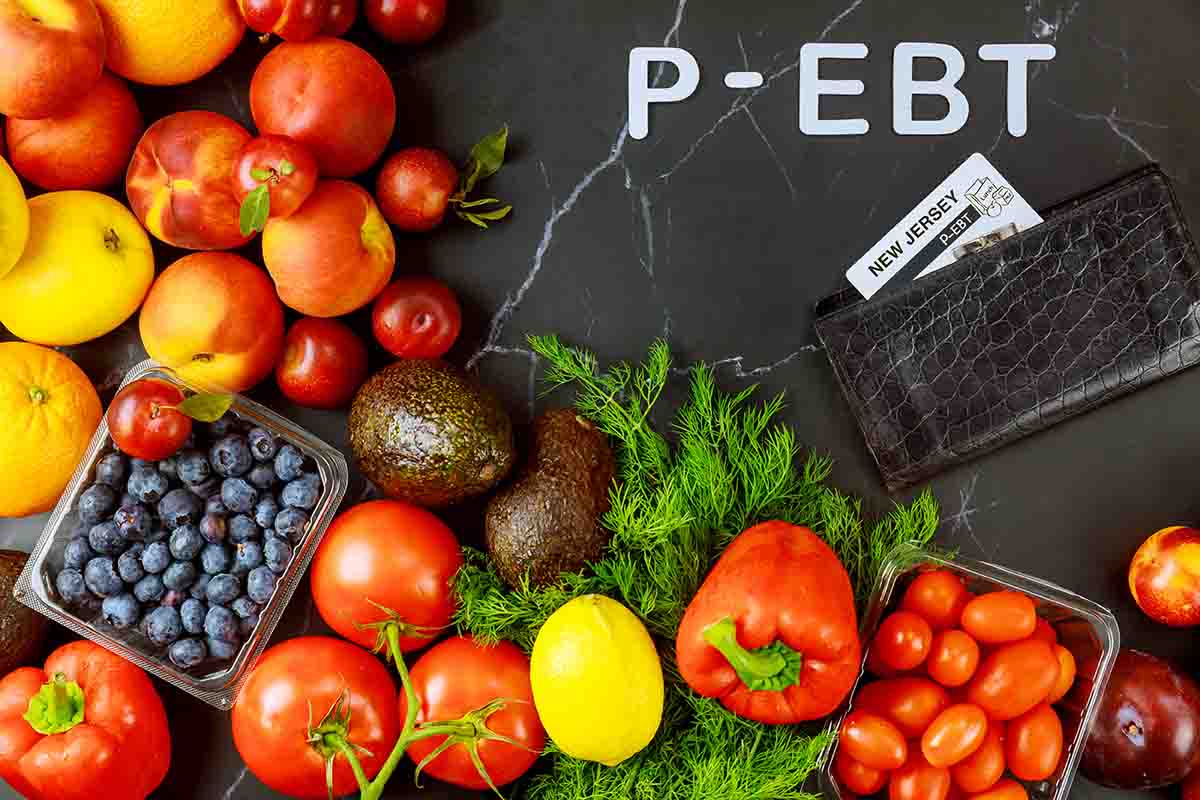
Food insecurity, or not having access to enough food to meet one’s basic needs, impacts over 17 million households in the United States. However, there are food and nutrition programs available to help. Check out our quick guide to food assistance programs below to find the resources that best suit you and your family.
Nutrition Assistance in a SNAP
The Supplemental Nutrition Assistance Program (SNAP) is a federally funded program managed by each state to help individuals and families buy nutritious groceries. Previously known as Food Stamps, this program provides benefits via an Electronic Benefits Transfer (EBT) card. An EBT card works like a debit card and can be used to buy groceries at SNAP-authorized food retailers.
Who qualifies for SNAP benefits?
Individuals or families must show that they meet specific resource and income limits within the state where they currently live. These criteria may vary by state.
How do I apply for SNAP?
To apply for benefits or get information about SNAP, contact your local SNAP office.
Supporting Women, Infants, and Children with WIC
Another great option for anyone looking for food and nutrition assistance is the Special Supplemental Nutrition Program for Women, Infants and Children (WIC). WIC serves about half of the infants born in the United States by providing nutritious foods to supplement diets, information on healthy eating, and referrals to health care.
Who qualifies for WIC benefits?
Applicants must live in the state in which they apply and must also be one of the following:
- Pregnant
- Breastfeeding
- Postpartum
- A child five years old or younger
A single father or guardian may also apply for benefits on behalf of his infant or child under five years old.
How do I apply for WIC?
First, confirm that you qualify by using the WIC PreScreening Tool.
If you are eligible, apply for WIC benefits by making an appointment at a local WIC agency in the state or area where you live.
School Assistance
Children spend up to two of their mealtimes in school, making access to nutritious school meals critical to healthy development. The National School Breakfast and Lunch Programs provide free or low-cost meals to children at over 100,000 schools nationwide.
Who qualifies for School Breakfast and Lunch Programs?
You may qualify for this benefit if you meet certain income criteria and are:
- A parent or primary caregiver who is responsible for a child(ren) who attends high school.
- Under the age of 18.
How do I apply for school assistance?
You can submit your application directly to your child’s school or find instructions on how to apply in your state.
Click here to find more benefits. Benefits.gov has nearly 300 food and nutrition benefits from across the government.

